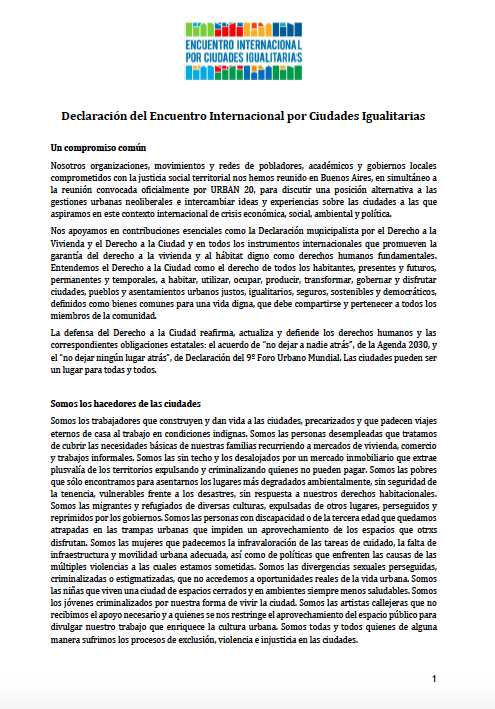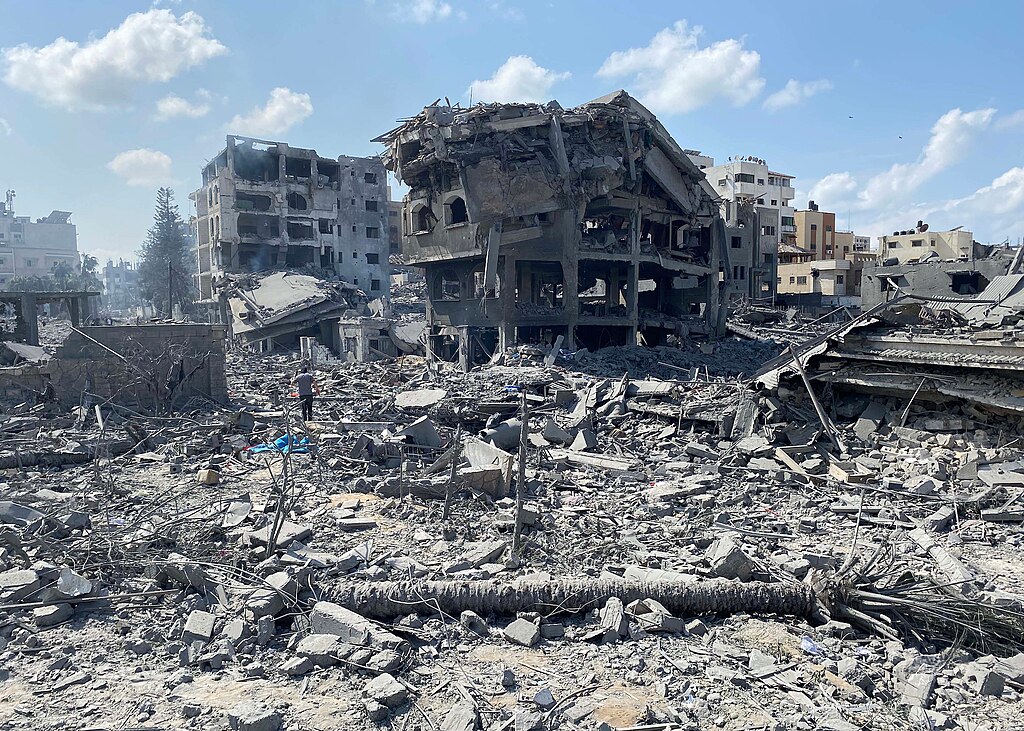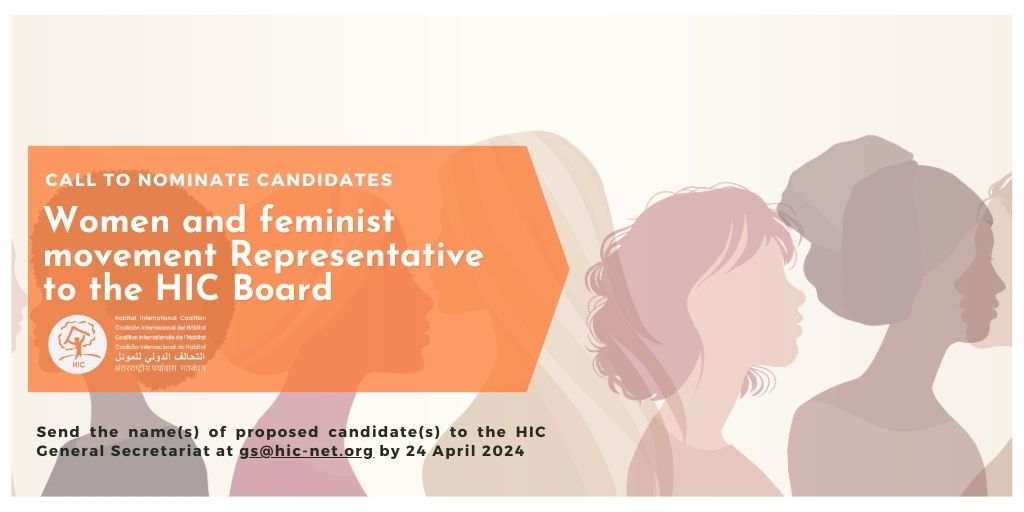The main problems the initiative aimed to solve:
-
Drinking water was polluted with sanitary drainage that threatened the area with numerous diseases. Officials did not move fast enough to solve the problem, largely because the governorate did not have the needed budget.
-
The high risk of a health and environmental disaster represented would be difficult to control and remedy in case the solution was delayed.
Al-Arabi Street residents undertook the project’s initiative through filing complaints to relevant government authorities and appealing to ECHR for help in solving the problem. Women played an effective role in the initiative, as they were the ones who suffered most in providing potable water by going long distances to gain access. This was the main motive that catalyzed the men of the area to address relevant authorities, and prepared them to offer financial and social capital to ensure a prompt solution.
In cooperation with representatives of the area residents, ECHR made numerous contacts with the Giza Governorate and relevant government authorities to which the area is affiliated to negotiate a quick solution to this problem. As the governorate was unable to provide the budget to solve the problem, in addition to the citizens’ inability to bear the costs of changing the network, an agreement was reached that the residents were to buy the street’s secondary pipes, while official authorities were to provide other materials, such as the main pipes and valves that link secondary pipes to the main network. Official authorities also agreed to provide engineers and specialized workers at state cost. The success of this experiment led the governorate and citizens to repeat it in all the area’s streets.
Among the most important lessons learned from these experiences is the possibility to build citizen capacity, either in projects similar to this one, or in other different projects. Moreover, the project showed that citizens are capable and willing to contribute to all project stages starting from expressing real citizen needs, planning and through implementation, control and evaluation. Citizens followed up the project concept with a real desire for collective action and without any for individual gains.
Read the full text at:
http://www.hic-mena.org/SPH_cases/Saft%20al-Laban%20Eg.pdf




